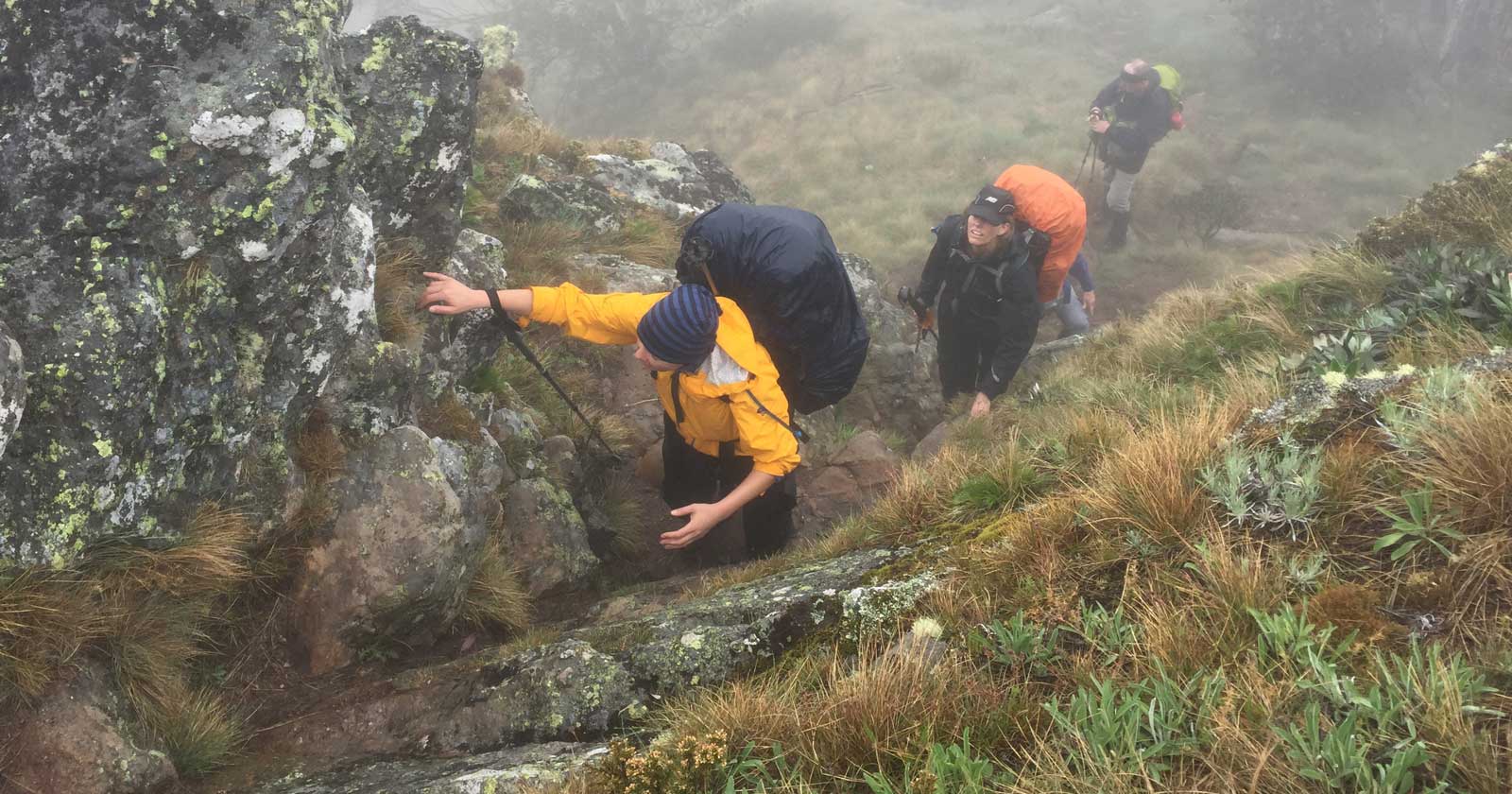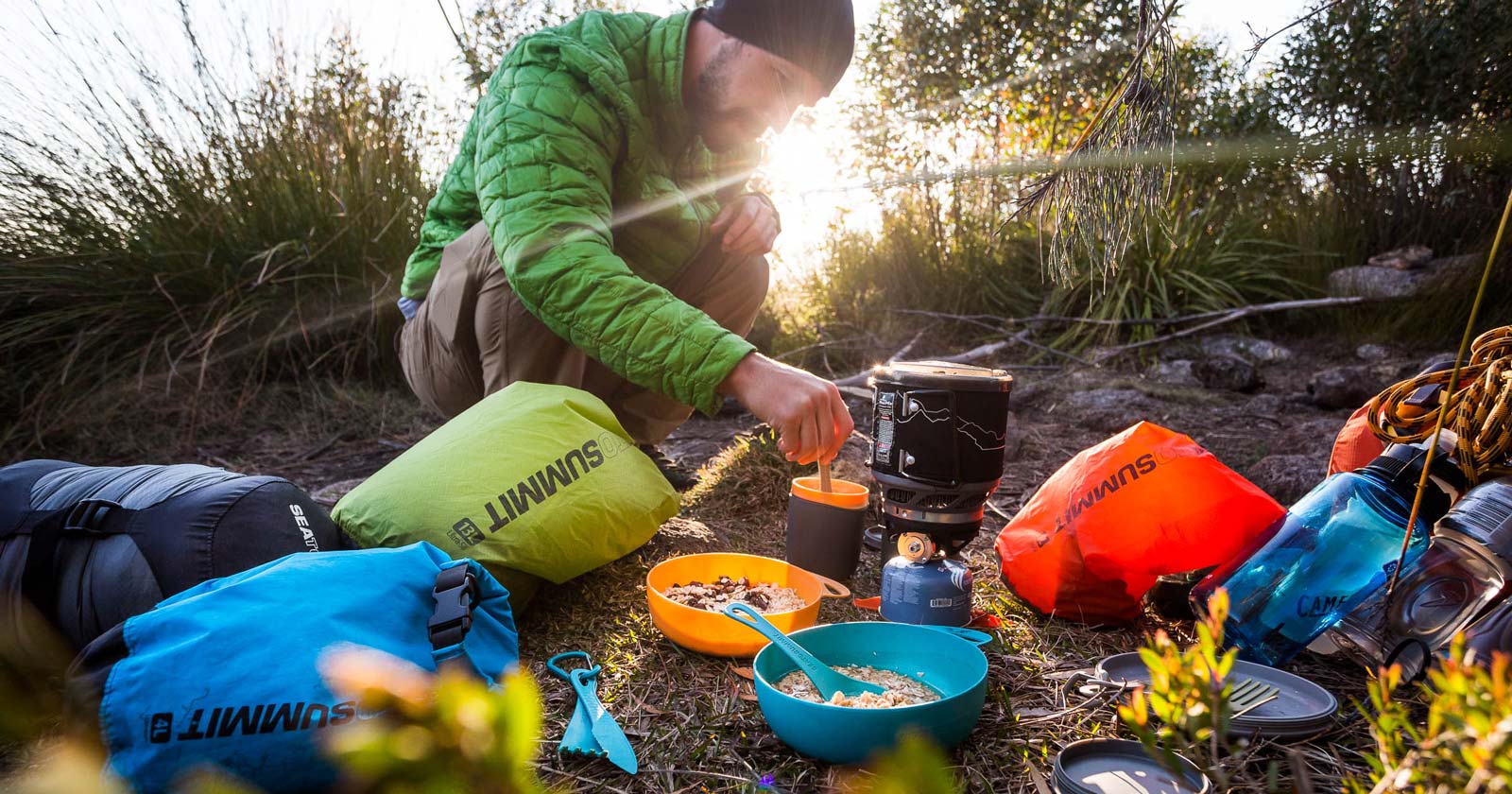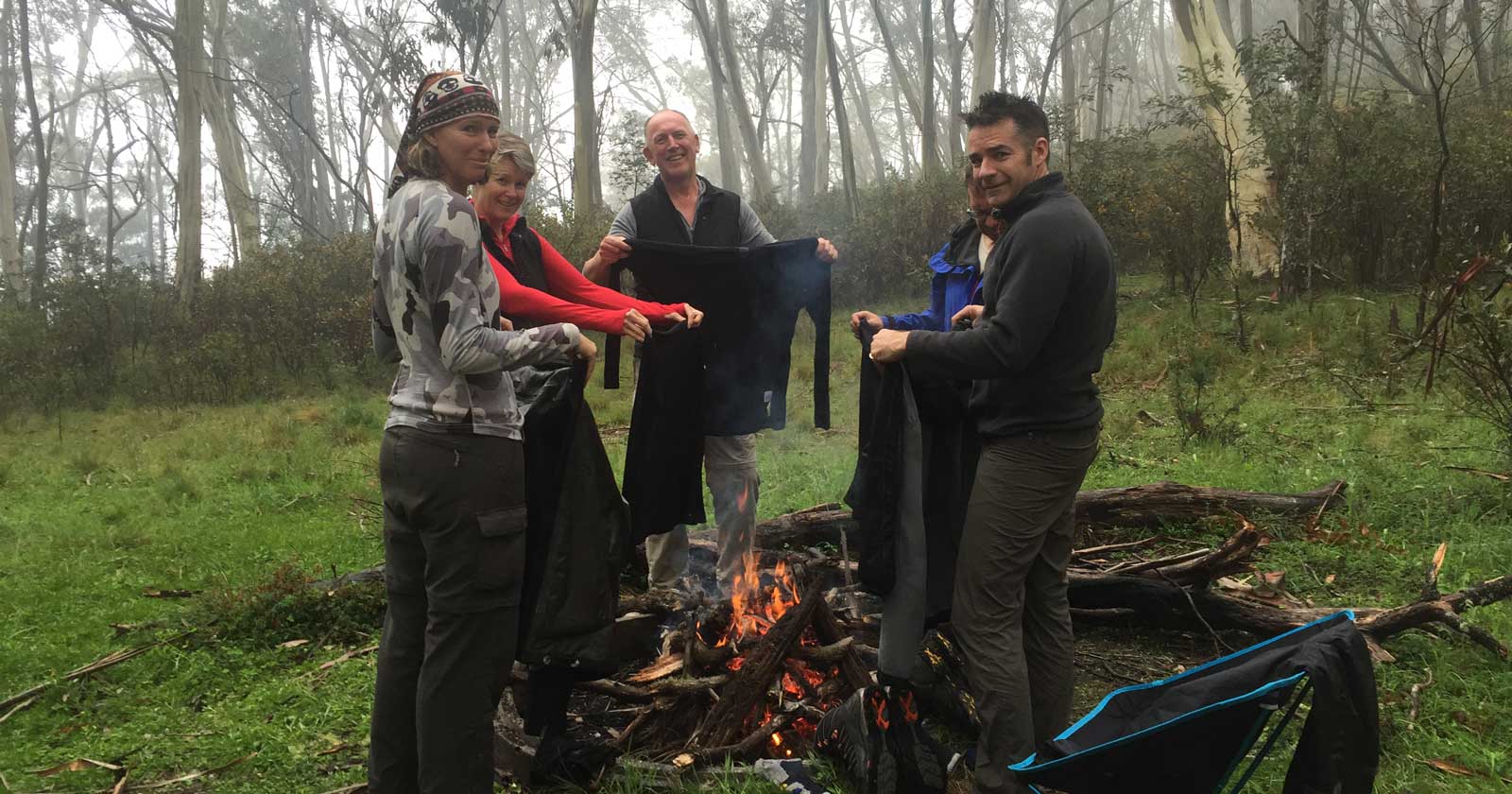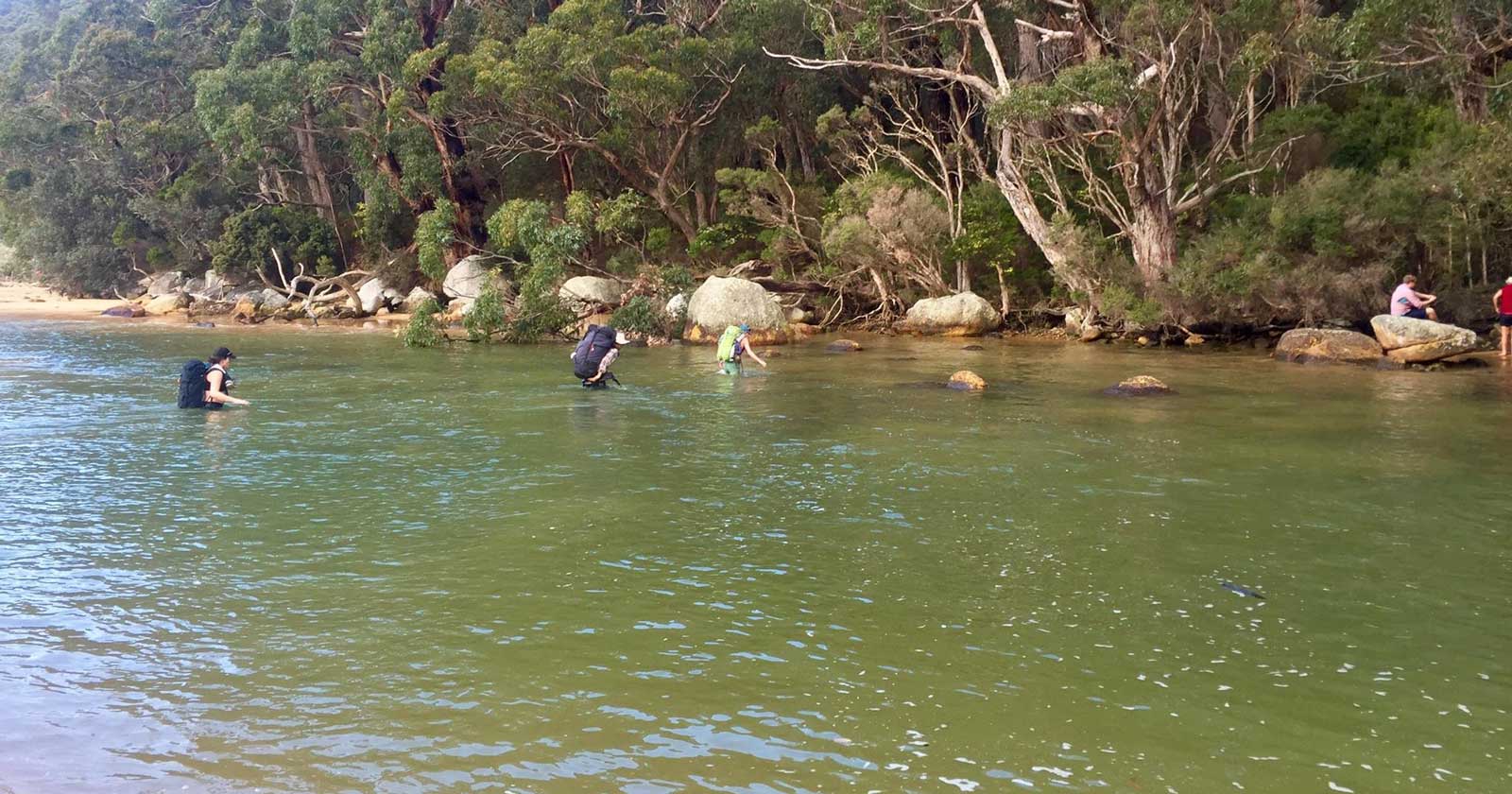Hiking in the rain can be a lot of fun, but it’s important to make sure your gear stays dry. A wet sleeping bag or clothes can make for a very uncomfortable night, and even damage your expensive equipment. There are a few different ways to keep your gear dry inside your hiking pack, and the best method for you will depend on your budget and the conditions you’re expecting.
1. Use a pack liner
A pack liner is a waterproof bag that goes inside your backpack. It’s a great way to keep your gear dry, even if your backpack itself isn’t waterproof. Pack liners come in a variety of sizes and materials, so you can choose one that fits your needs and budget.
To use a pack liner, simply place it inside your backpack and pack your gear inside the liner. Once your gear is packed, roll the top of the liner down several times and seal it closed. This will create a waterproof barrier that will keep your gear dry, even if your backpack gets wet.
2. Use dry bags
Dry bags are another great way to keep your gear dry. They’re essentially waterproof bags that seal shut with a roll-top closure. Dry bags come in a variety of sizes, so you can choose ones that are the right size for your different gear items.
To use dry bags, simply place your gear inside the bag and roll the top down several times. Once the top is rolled down, seal the bag closed. This will create a waterproof seal that will keep your gear dry, even if the bag gets wet.

3. Use a rain cover
A rain cover is a waterproof cover that goes over the outside of your backpack. It’s a good option for light rain, but it’s not as reliable as a pack liner or dry bags. Rain covers can also be difficult to use if you have a lot of gear attached to the outside of your backpack.
To use a rain cover, simply place it over your backpack and tighten the straps. Rain covers usually have a cinching cord at the bottom that you can use to tighten the cover around your backpack.
4. Pack your gear carefully
How you pack your gear can also help to keep it dry. If you have a pack liner or dry bags, make sure to pack your most important gear inside them first. You should also try to pack your gear in a way that will minimise the amount of space between items. This will help to prevent water from getting inside your pack and soaking your gear.

5. Put your gear in zip-lock bags
Zip-lock bags are a cheap and easy way to keep your gear dry. They are lightweight and come in a variety of sizes, so you can choose the right size for each gear item. To use zip-lock bags, simply place your gear inside the bag and seal it closed. You can also double-bag your gear for added protection.
6. Double-line your sleeping bag
Double-lining your sleeping bag is another good way to keep it dry. To do this, simply place your sleeping bag inside a waterproof bag, such as a dry bag or a trash compactor bag. Then, place the sleeping bag inside your regular sleeping bag liner. This will create two layers of protection against water.
Putting gear in zip-lock bags and double-lining your sleeping bag are both good ways to keep your gear dry inside your hiking pack.
If you are expecting heavy rain, you may want to combine these two methods. For example, you could put your sleeping bag in a dry bag and then place the dry bag inside your regular sleeping bag liner. You could also put your other gear in zip-lock bags and then place the zip-lock bags inside your backpack liner.
Here are some additional tips for using zip-lock bags and double-lining your sleeping bag to keep your gear dry:
- Make sure to use heavy-duty zip-lock bags. The cheaper bags are more likely to tear or leak.
- Double-bag your most important gear items.
- Make sure to seal the zip-lock bags tightly.
- Use a waterproof dry bag or rubbish bag to double-line your sleeping bag.
- Make sure to place the sleeping bag inside the dry bag before you put it in your backpack liner.

7. Be aware of the conditions
If you’re expecting heavy rain, it’s best to take extra precautions to keep your gear dry. This may mean using a combination of the methods above, or bringing a spare set of clothes in case your gear gets wet.
Here’s a few extra tips for keeping your gear dry:
- Avoid packing your gear in cardboard boxes or paper bags (especially food and first aid gear). These materials will absorb water and make your gear wet.
- It’s always a good idea to pack your first aid kit in waterproof bags. I use zip-lock bags for this.
- If you’re packing food, make sure to pack it in waterproof bags.
- If you’re packing electronics, make sure to pack them in waterproof cases.
- If you’re expecting to be out in the rain for a long period of time, you may want to consider using a waterproof backpack.

Tips for river crossings
When floating your pack across a river, you can use the same methods to keep your gear dry as you would for hiking in the rain. However, there are a few additional things you can do to make sure your gear is completely protected.
Use a pack liner or dry bags: As mentioned above, a pack liner or dry bags are a great way to keep your gear dry inside your backpack. If you are floating your pack across a river, it is important to make sure that your pack liner or dry bags are completely sealed. You can do this by rolling down the top of the liner or bag several times and then sealing it with a twist tie or waterproof tape.
Use a flotation device: A flotation device can help to keep your pack afloat and prevent it from sinking. You can use a commercial flotation device, such as a dry bag with built-in floats, or you can make your own flotation device using empty water bottles or other buoyant materials.
Secure your pack: Once you have packed your gear inside your pack liner or dry bags, make sure to secure your pack tightly. You can do this by using the straps on your backpack or by tying the pack to a rope.
Cross the river carefully: When crossing the river, be careful not to drop your pack or allow it to get too close to the bottom of the river. If your pack gets wet, it is important to open it up as soon as possible and dry out your gear.
Here are some additional tips for keeping your gear dry when floating your pack across a river:
- Use a thick, durable pack liner or dry bag.
- Roll down the top of the pack liner or dry bag several times and seal it tightly.
- Use a flotation device to keep your pack afloat.
- Secure your pack tightly to prevent it from sinking or getting lost.
- Cross the river carefully and avoid dropping your pack.
- Open up your pack as soon as possible and dry out your gear if it gets wet.
There’s nothing more demolishing than opening your pack at the end of a long day, only to find everything soaking wet. I hope these tips help you keep your gear dry on your next adventure. If you have any other great suggestions, feel free to leave a comment.





